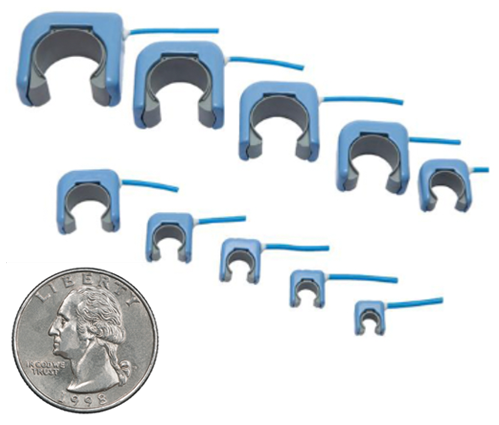There are many types of congenital heart defects that an infant can be born with and, often, the cause is unknown. The impact, however, is immediate and can be life-threatening, because most defects either cause abnormal blood flow through the heart or obstruct that flow.
No matter what type of defect, the ultimate goal of congenital heart defect repair surgery is to create or restore blood flow – allowing oxygenated blood to flow through correctly and effectively through the lungs, heart and the rest of the circulatory system.
Transonic’s flow measurement tools, tailored for the unique challenges of pediatric care, empower surgeons to navigate these delicate congenital heart defect procedures with precision and confidence. The benefits of measuring flow matter whether the surgeon is performing a minimally invasive heart repair, CP bypass, open heart surgery, or heart transplant.










